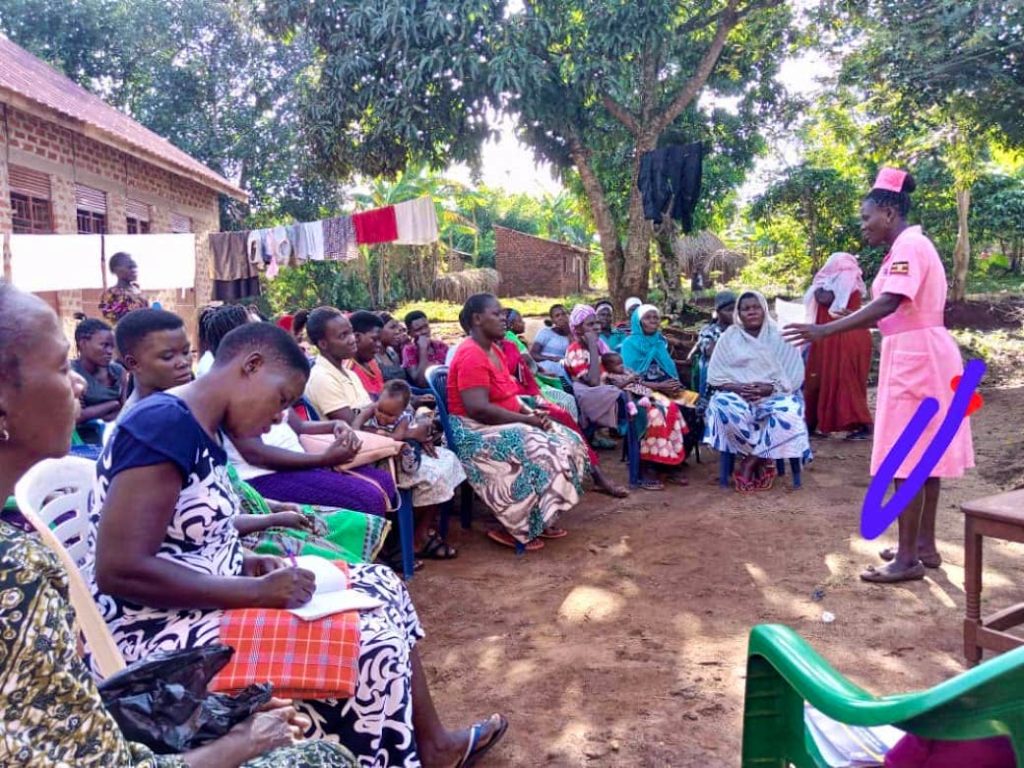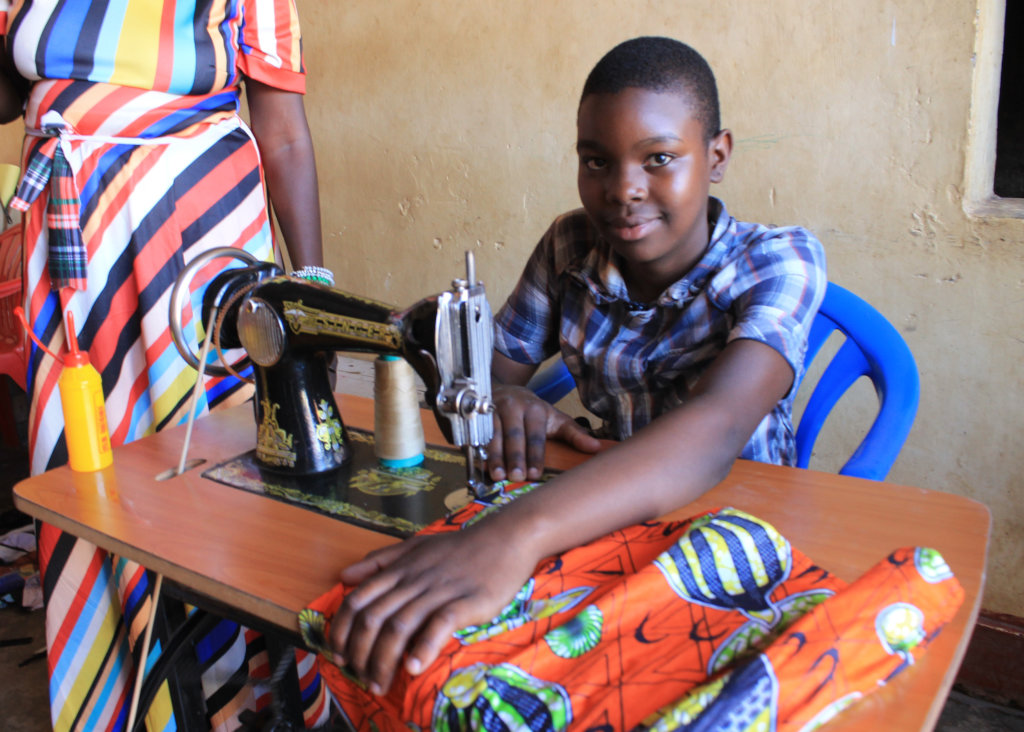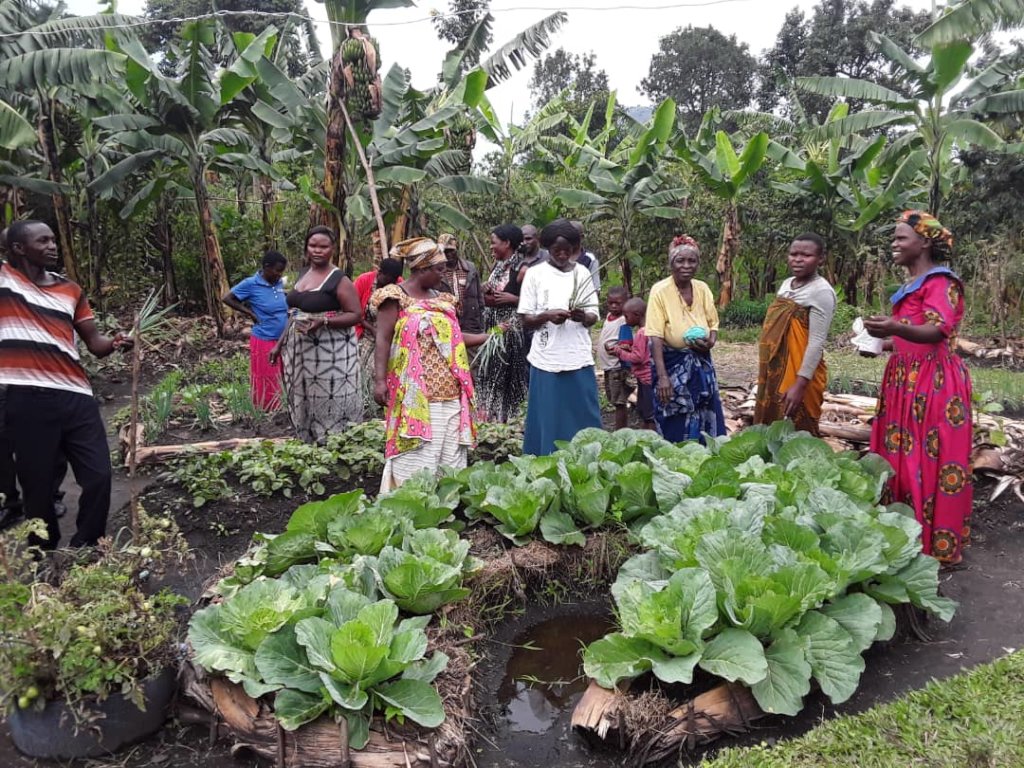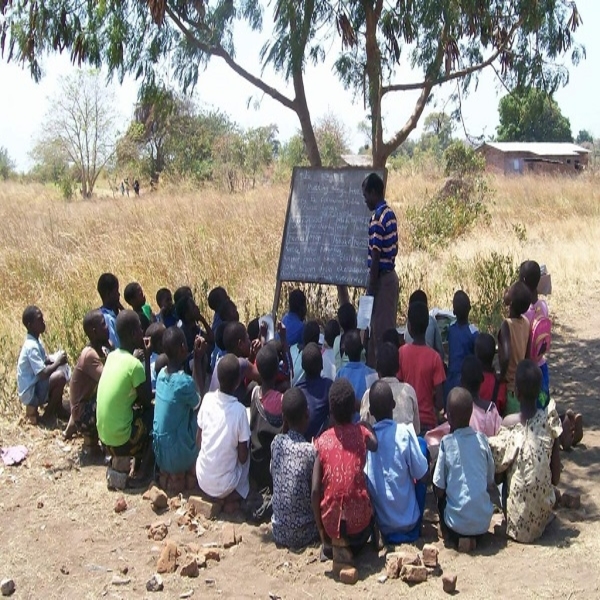


Health promotion is the process of empowering people to increase control over their health and its determinants through health literacy and other actions. It involves creating supportive environments and healthy public policies, and it often uses strategies like health education, communication, and community- based programs to encourage healthier behaviors and reduce health risks. Key goals include improving overall well-being, preventing disease, and addressing the social, economic, and environmental factors that influence health equity.
Health and safety: Educate on women’s health issues, improve access to healthcare services, and implement campaigns to prevent gender-based violence.
Key components
Empowerment: Giving individuals and communities the knowledge, skills, and resources to make decisions about their
own health.
Health education: Providing information and resources to help people understand and adopt healthy behaviours.
Supportive environments: Creating settings like schools, workplaces, and communities that make it easier to make healthy choices.
Healthy public policy: Implementing policies that support health, such as those addressing income, housing, and food security

Skill promotion involves improving one’s skills and qualifications to advance in a career, which can be achieved by gaining experience, pursuing professional development, building relationships, and developing both technical and soft skills like communication, problem-solving, and creativity. It can also refer to a national or regional government act to boost the overall skill level of the workforce through training, apprenticeships, and educational programs. We offer vocational skills in carpentry, tailoring,
hand bag making, shoe making, hair dressing, liquid soap making and other deemed skills.
Key components of skill promotion include demonstrating leadership potential, enhancing soft skills like critical thinking and communication, proving a track record of performance and results, and actively
developing skills for future roles through continuous learning and taking on new responsibilities

Sustainable agriculture is a farming approach that meets present food needs without compromising the ability of future generations to meet theirs, balancing environmental, economic, and social factors. It involves using science-based practices like crop rotation, cover crops, and integrated pest management to protect natural resources, improve soil and water health, increase biodiversity, and ensure long-term productivity and resilience.
Principles and goals:
Environmental sustainability: Minimizing negative impacts by reducing greenhouse gas emissions, protecting water quality, preventing soil degradation, and conserving biodiversity.
Economic sustainability: Ensuring farms remain profitable and viable over the long term by using resources efficiently and reducing reliance on costly external inputs.
Social sustainability: Supporting rural communities, ensuring food security, and promoting fair labor practices.
Common practices Crop diversity: Planting a variety of crops instead of monocultures to improve soil health and natural pest control.
Cover crops and perennials: Planting crops that are not harvested to protect soil from erosion, add nutrients, and suppress weeds.
Crop rotation: Changing the type of crop grown in a field each season to improve soil fertility and break
pest and disease cycles.
Integrated Pest Management (IPM): A strategy that uses a combination of techniques to manage pests, relying on biological controls and other methods before resorting to chemical pesticides.
Agroforestry: Integrating trees and shrubs into crop and animal farming systems.
Water and energy conservation: Using water-efficient irrigation methods and optimizing energy use on the farm.
Regenerative agriculture: Focusing on restoring and enhancing the farm’s ecosystem.
Key benefits
Improved soil and water quality
Increased biodiversity
Reduced chemical use
Greater resilience to climate change
Enhanced long-term farm viability

Education is the process of acquiring knowledge and skills, and developing character traits, which can happen formally in a structured environment like a school or informally through life experiences. It is a crucial tool for personal development, social justice, and societal progress, empowering individuals to reach their potential, gain employment, and contribute to their
communities. A high-quality, inclusive education aims to foster critical thinking, empathy, and the ability to solve problems.
Core components
Learners: The individuals who are the focus of the educational process.
Teachers: The educators who facilitate learning, guide students, and impart knowledge.
Curriculum: The structured set of courses, content, and learning objectives that students are expected to learn.
Teaching Methods: The strategies and techniques used by teachers to deliver the curriculum, such as active learning, online learning, guided learning
Assessment: The process of evaluating student learning, progress, and understanding, often linked to both the curriculum and teaching methods.
Supporting components: Learning Environment: The physical and social context in which learning takes place, including the physical space, classroom culture, and technology.
Resources: The materials, tools, and technologies that support and enhance the learning process, such as books, digital tools, and Learning Management Systems (LMS).
Educational Administration: The management aspect, which involves planning, organising, coordinating, controlling, and evaluating the educational system.